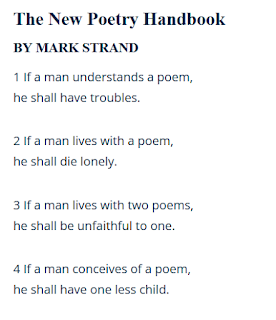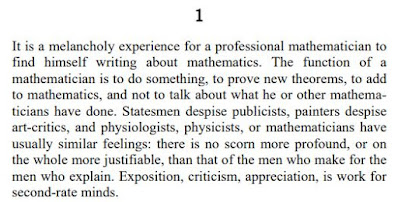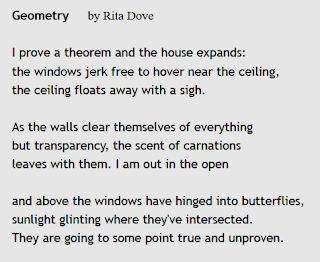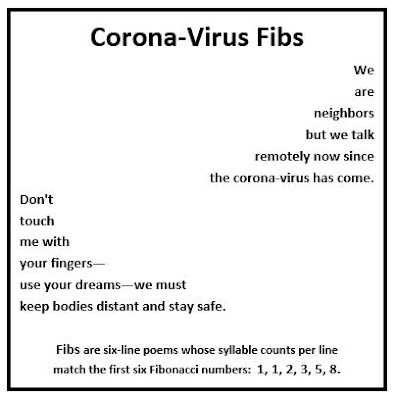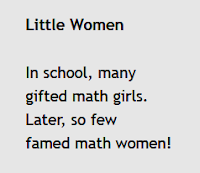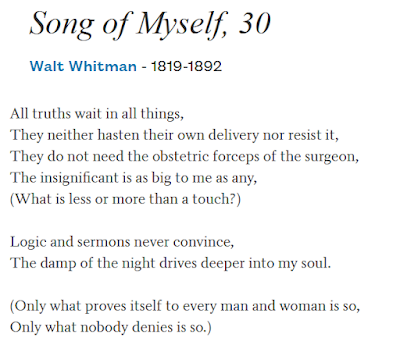gerrymandering: the practice of dividing or arranging
a territorial unit into election districts in a way
that gives one political party an unfair advantage in elections
A recent Scientific American article by Manon Bischoff, "Geometry Reveals the Tricks Behind Gerrymandering," has reminded me of the horrors of this practice. To express my thoughts about a particular concept, often a stanza that matches mathematical constraints helps me to carefully consider word choices and attempt clear and concise expression. The following syllable-square is a start toward expressing my point of view:
For fair elections
voting districts must
be proportional,
not maneuvered by
gerrymandering.
This Scientific American author Manon Bischoff is an editor at Spektrum der Wissenschaft. She primarily covers mathematics and computer science and writes the column The Fabulous World of Mathematics. Bischoff studied physics at Technical University of Darmstadt in Germany and then worked as a research assistant at Johannes Gutenberg University Mainz in Germany.

